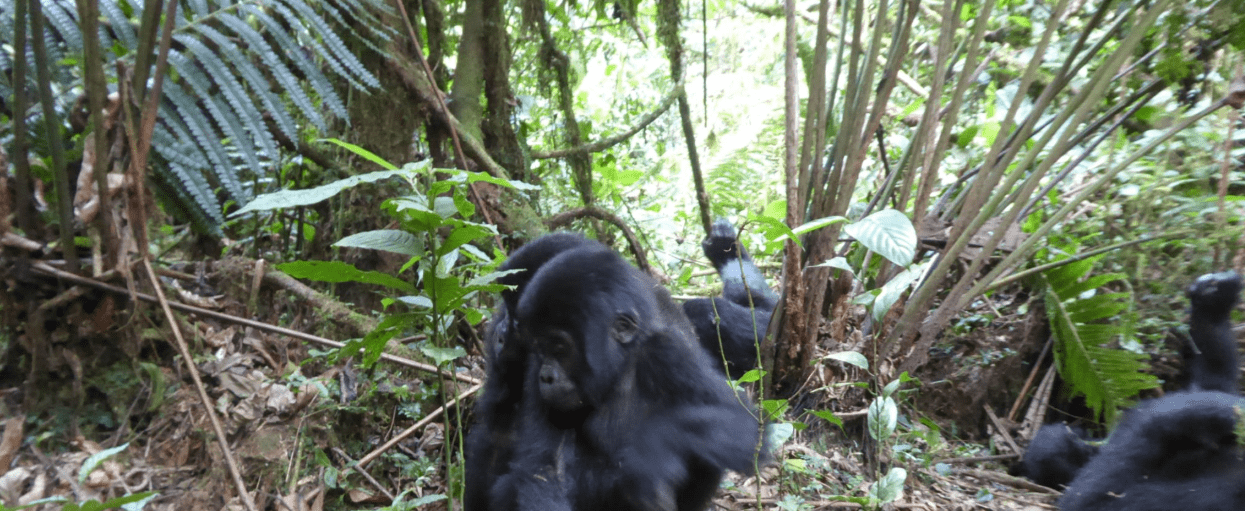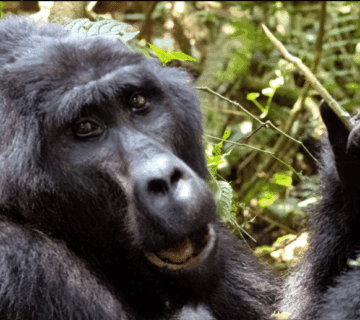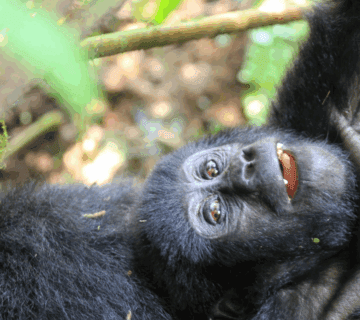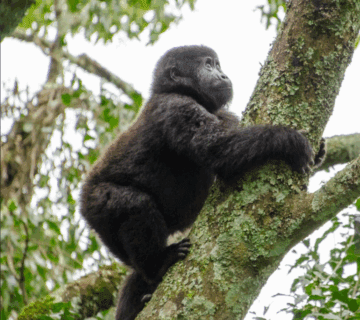Uganda Gorilla Trekking Fitness Guide: Prepare Your Body and Mind for the Adventure of a Lifetime
Embarking on a Gorilla Trekking Fitness Guide journey in Uganda is more than just a safari—it’s a transformative adventure that tests your physical endurance, mental resilience, and connection with nature. Trekking through dense rainforests, steep hills, and unpredictable terrain to encounter majestic mountain gorillas in their natural habitat is an experience like no other. However, to fully enjoy this once-in-a-lifetime adventure, proper preparation is essential.
This Gorilla Trekking Fitness Guide will help you build the strength, stamina, and mental readiness needed to conquer the trails of Bwindi Impenetrable Forest or Mgahinga Gorilla National Park. Whether you’re an avid hiker or a first-time trekker, this guide will ensure you’re physically and mentally prepared for the challenge ahead.
Why Fitness Matters for Gorilla Trekking
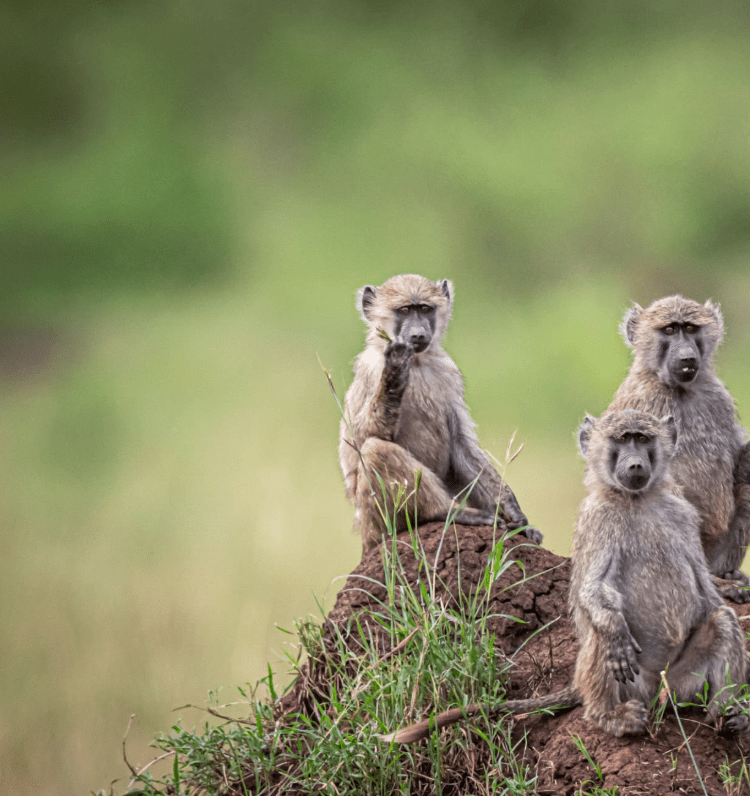
Gorilla trekking is not a leisurely walk in the park. The terrain in Uganda’s gorilla habitats is rugged, often involving:
Steep, slippery slopes
Thick, muddy trails
High altitudes (up to 2,500 meters)
Long hours of hiking (2-8 hours, depending on gorilla movement)
Without proper fitness, the trek can become exhausting, taking away from the awe-inspiring moment of standing face-to-face with a wild gorilla family. A well-prepared body ensures you enjoy every step of the journey, rather than struggling to keep up.
Physical Preparation: Your Gorilla Trekking Fitness Guide
1. Cardiovascular Endurance
Since gorilla trekking involves prolonged hiking, improving your cardiovascular fitness is crucial. Aim for at least 3-4 cardio sessions per week, including:
Brisk walking or jogging (45-60 minutes)
Stair climbing or hill walking (mimics trekking conditions)
Cycling or swimming (for low-impact endurance)
Pro Tip: If you live in a flat area, use a treadmill on an incline or find stadium stairs to simulate uphill climbs.
2. Strength Training for Trekking
Strong legs and core muscles will help you navigate uneven terrain. Focus on:
Squats & Lunges (builds quadriceps and glutes)
Step-ups (strengthens legs for uphill climbs)
Calf Raises (prevents fatigue on steep descents)
Planks & Core Exercises (improves balance and stability)
Recommended Routine: 3 strength sessions per week, with 3 sets of 12-15 reps per exercise.
3. Flexibility and Balance
Trekking through Uganda’s rainforests requires agility to maneuver over roots, rocks, and slippery paths. Incorporate:
Yoga or dynamic stretching (improves flexibility)
Single-leg balance exercises (enhances stability)
Ankle mobility drills (prevents sprains on uneven ground)
4. Practice Hiking with a Backpack
Carrying a daypack (with water, snacks, and essentials) adds weight, so train with a loaded backpack (5-10 kg) to simulate trekking conditions. Start with short hikes and gradually increase distance and elevation.
Mental Preparation: The Forgotten Key to Gorilla Trekking Success
Physical fitness is only half the battle—mental resilience is equally important. Here’s how to prepare your mind:
1. Embrace the Challenge
Gorilla trekking can be tough, but the reward is unparalleled. Visualize yourself succeeding—focus on the thrill of meeting gorillas rather than the difficulty of the hike.
2. Train in Different Weather Conditions
Uganda’s rainforests are humid and rainy. If possible, hike in similar conditions to adapt to wet, slippery trails.
3. Develop a Positive Mindset
There may be moments of exhaustion, but remember:
Pace yourself—take breaks when needed.
Stay motivated—every step brings you closer to the gorillas.
Trust your guides—they’re experts at navigating the terrain.
Nutrition & Hydration: Fueling Your Trek
1. Eat for Energy
Complex Carbs (oats, sweet potatoes, whole grains) for sustained energy.
Lean Proteins (chicken, fish, beans) for muscle recovery.
Healthy Fats (avocados, nuts) for long-lasting fuel.
2. Hydrate, Hydrate, Hydrate!
Drink at least 2-3 liters of water daily before the trek.
Carry electrolyte tablets to prevent dehydration.
3. Pack Smart Snacks
Bring lightweight, high-energy snacks like:
Nuts & dried fruit
Energy bars
Dark chocolate (for a quick morale boost!)
Gear Checklist: Essential Items for Gorilla Trekking
Even the fittest trekkers need the right gear. Pack:
✔ Sturdy hiking boots (waterproof, ankle support)
✔ Moisture-wicking clothing (long sleeves to protect from thorns)
✔ Rain jacket & poncho (Uganda’s weather is unpredictable)
✔ Gardening gloves (for gripping branches and vines)
✔ Trekking poles (helps with balance and reduces knee strain)
Final Tips for a Successful Gorilla Trek
Start Training Early – Begin your Gorilla Trekking Fitness Guide regimen at least 2-3 months before your trip.
Listen to Your Body – Don’t push through pain; rest when needed.
Respect the Gorillas – Follow your guide’s instructions to ensure a safe and ethical encounter.
Enjoy the Journey – The trek is part of the adventure—embrace every moment!
The Ultimate Reward Awaits
Preparing for gorilla trekking isn’t just about getting fit—it’s about building the strength and mindset to fully immerse yourself in one of Africa’s greatest wildlife experiences. By following this Gorilla Trekking Fitness Guide, you’ll not only conquer the trails but also create memories that will last a lifetime.
As you stand in the misty forests of Uganda, locking eyes with a wild mountain gorilla, you’ll realize that every drop of sweat, every sore muscle, and every challenging step was worth it. The mountains may test you, but the gorillas will inspire you.
Are you ready to take on the adventure? Start training today, and let Uganda’s majestic gorillas take your breath away—not just from the hike, but from the sheer wonder of being in their presence.

